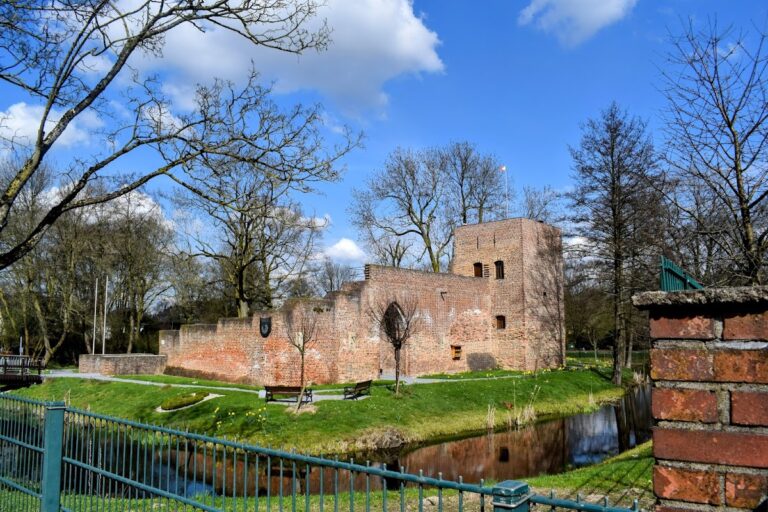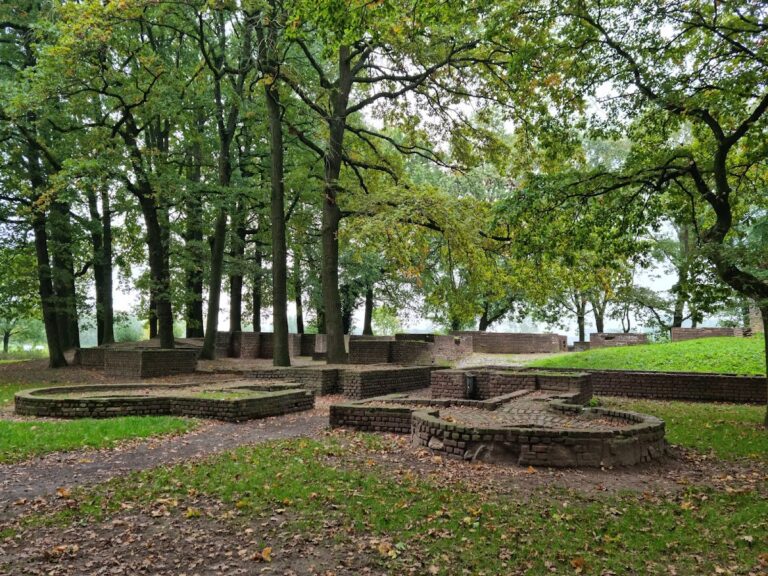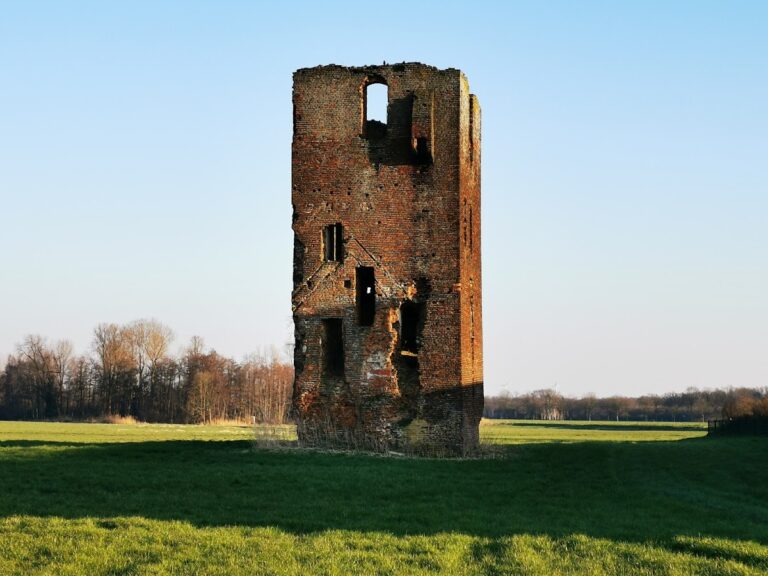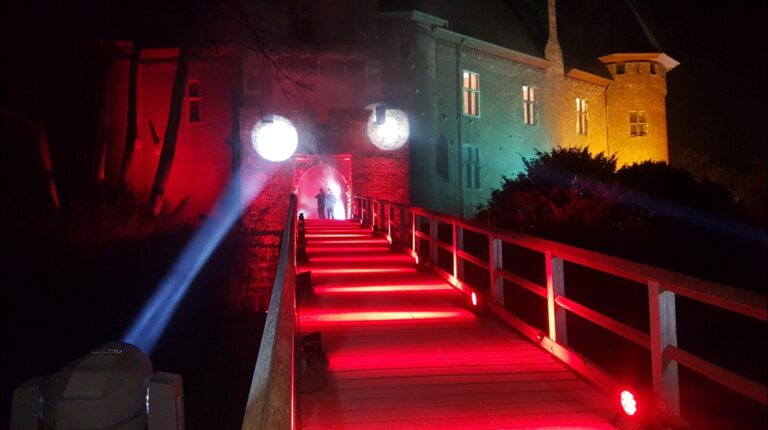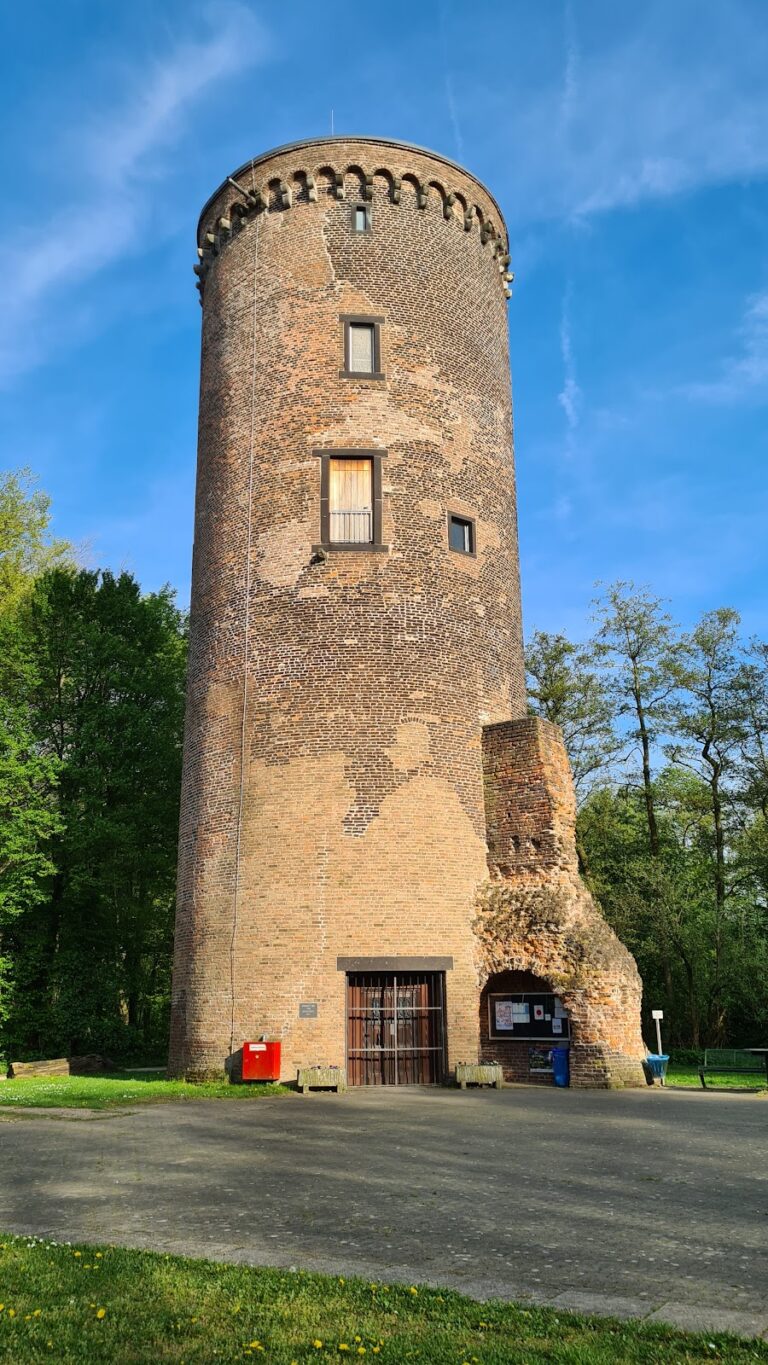Schloss Bloemersheim: A Late Medieval Water Castle in Neukirchen-Vluyn, Germany
Visitor Information
Google Rating: 4.4
Popularity: Low
Google Maps: View on Google Maps
Official Website: www.bloemersheim.de
Country: Germany
Civilization: Unclassified
Remains: Military
History
Schloss Bloemersheim is a late medieval water castle located in the municipality of Neukirchen-Vluyn, Germany. Its origins trace back to a fortified estate first recorded in 1406 under the name “Blomertshof,” established during the late Middle Ages within the territorial framework of medieval German nobility.
During the 15th and early 16th centuries, the estate belonged to the von Baldrich family, who served as judges and local administrators within the Duchy of Geldern. Around 1560, ownership transferred through marriage to the von Hoennepel family, also known as von der Impel, who held the property for more than 150 years. This period likely saw the consolidation of the castle’s functions as a noble residence and local administrative center.
In 1667, the castle passed into the hands of Freiherr von Pelden, titled Cloudt, who was Droste (a steward or bailiff) of the County of Moers. This transfer came through marriage to the von der Impel heiress. Under the Cloudt family, Schloss Bloemersheim acquired the character of a hunting lodge, reflecting its use beyond pure defense or administration. Its position was notable for straddling a medieval border dividing the Duchy of Geldern and the County of Moers, with the boundary passing directly through parts of the castle, including the kitchen—a rare and complex spatial arrangement. In 1724, during Prussian administration, this border was redefined to incorporate the entire estate within the Principality of Moers.
Throughout its history, Schloss Bloemersheim functioned as a refuge for local farmers during times of conflict, making it a target for military attacks. It suffered significant damage on multiple occasions, including the destruction of its outer bailey, which was subsequently rebuilt by the first Cloudt owner. The castle’s defensive role highlights the instability of the region during these centuries.
The late 18th century brought further hardship when French forces plundered and devastated the estate around 1790. Financial difficulties among the Cloudt heirs prevented adequate repairs, leading the castle into decline. In 1802, Friedrich Heinrich von der Leyen, a successful silk manufacturer and mayor from nearby Krefeld, acquired the property for 17,000 talers. The von der Leyen family was ennobled as Barons of Bloemersheim in 1816. They undertook significant transformations, expanding and reshaping the medieval fortress into a manor house surrounded by landscaped parkland. Under their stewardship, the estate developed into an agricultural holding, including forestry and fruit cultivation, functions it maintains today.
Schloss Bloemersheim also played a role in regional noble society as a founding member estate of the Rhenish Knighthood in 1837. In the late 20th century, specifically 1992, its agricultural operations extended through the leasing of production sites associated with Schloss Dyck and Nikolauskloster. The estate remains privately owned by the Freiherren von der Leyen zu Bloemersheim family, preserving its legacy as both a residence and working agricultural estate.
Remains
The castle complex is arranged around a central courtyard with an adjoining garden, bordered by water-filled moats characteristic of a traditional water castle. Originally, the design included both a main castle and an outer bailey, each accessed by separate drawbridges, emphasizing its defensive capabilities during the medieval era. These moats were integral to the castle’s fortification, though portions were filled in and leveled during later rebuilding efforts, particularly after damage to the outer bailey.
At the rear of the site lies a castle pond, which forms part of the water defenses and enhances the setting’s scenic quality. The castle stands approximately 28 meters above sea level within a landscape of mostly flat terrain, with a nearby hill rising to 74 meters located a few kilometers west. This positioning provided strategic visibility and control over the surrounding area.
A unique aspect of Schloss Bloemersheim’s layout was its position along a historic political boundary, with the dividing line between the Duchy of Geldern and the County of Moers running directly through the kitchen and the grounds. This unusual feature points to a complex history of jurisdictional overlap and may have influenced the castle’s internal spatial organization.
Construction materials and techniques, consistent with late medieval water castles in the region, include stone masonry adapted for both defense and residence. After its acquisition by the von der Leyen family in the early 19th century, the castle underwent considerable expansion and renovation. These changes transformed the fortress into a manor house, with landscaped park areas reflecting the tastes and functions of a noble estate in the modern period.
Today, Schloss Bloemersheim remains well preserved and stands as a significant architectural landmark. Public access is limited, but its prominent features and historical water defenses continue to convey the site’s long and varied history.





